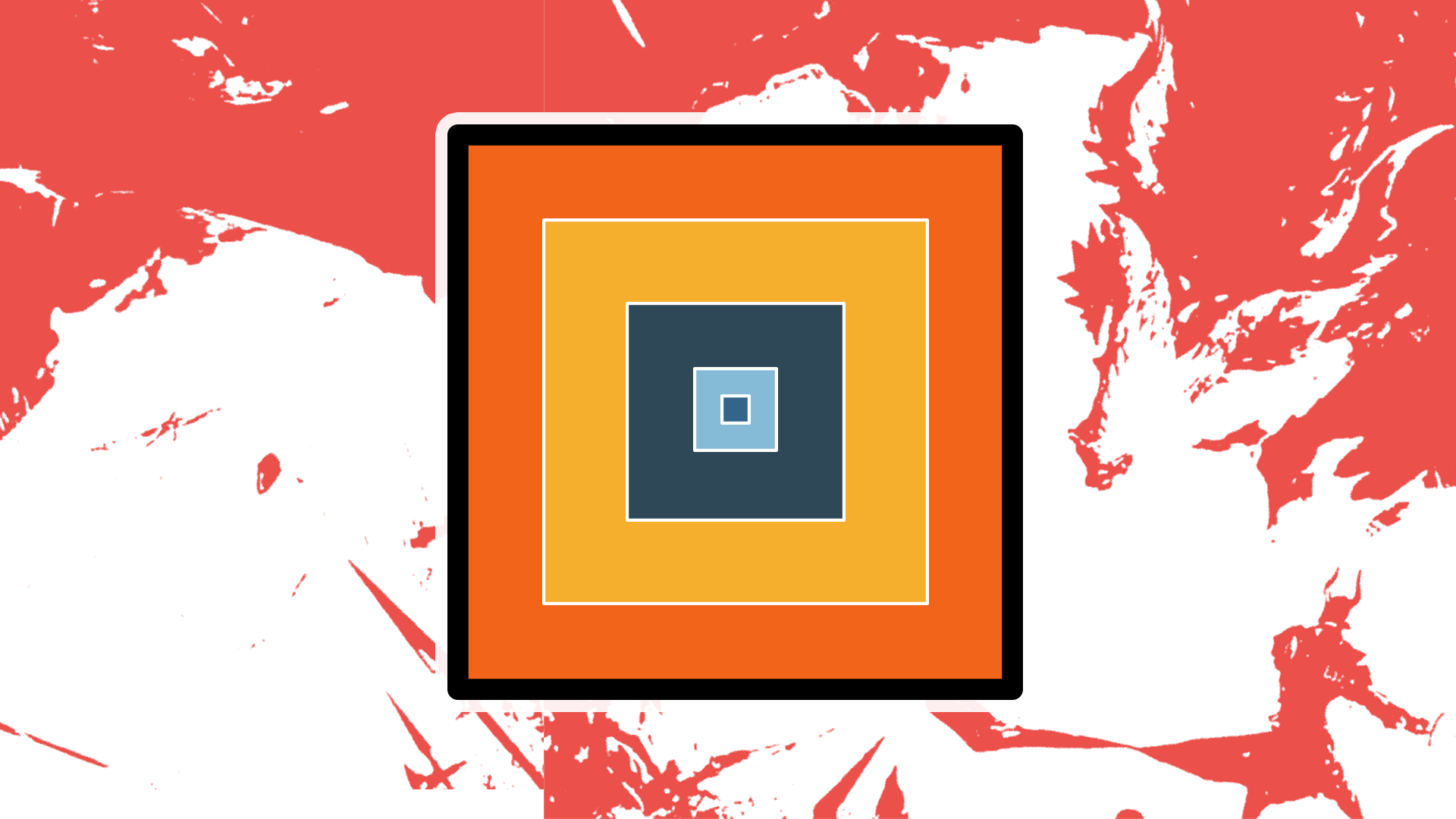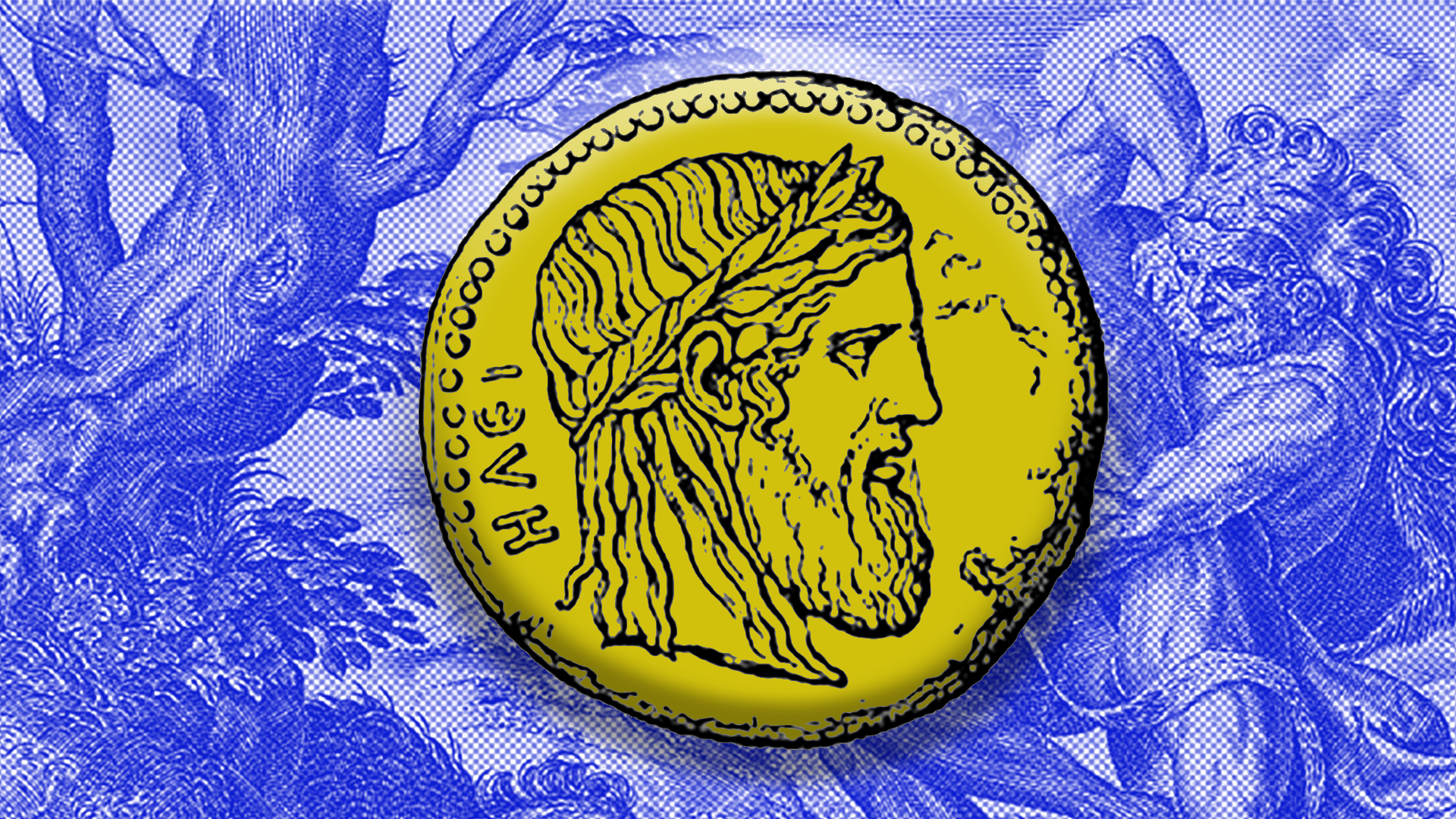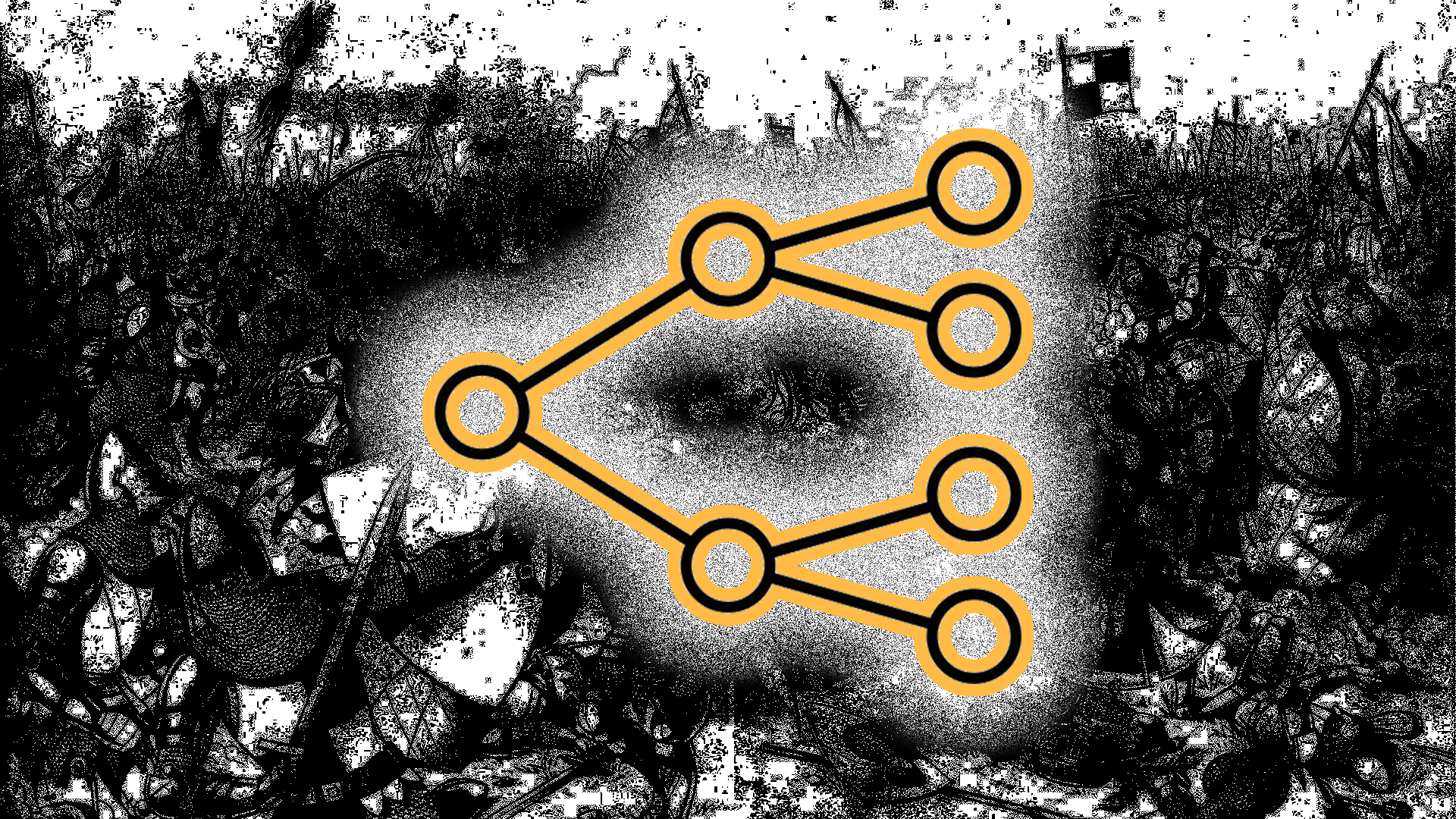
When it comes to size in Dungeons and Dragons 5e, it really does matter. If you are forced to fight a dragon and you don’t know if it’s the size of Pseudodragon or an Adult Red Dragon, then you’re in trouble. Luckily, with the Players Handbook, it encompasses everything you need to know in just a few short paragraphs.
While this is fine and usually handy, how exactly big is tiny vs huge or even gargantuan? Just saying 20ft x 20ft or larger does not always scale correctly in my minds eye. So what do they look to scale on a battle map?
Size in Dungeons and Dragons
First, we will want to look at the official Players Handbook 5e specifications on size. Something that might stand out to some beady eye players right away is the fact that, “huh, why are small and medium sized creatures the same size”?
| SIZE | SPACE |
|---|---|
| Tiny | 2 1/2 by 2 1/2 ft. |
| Small | 5 by 5 ft. |
| Medium | 5 by 5 ft. |
| Large | 10 by 10 ft. |
| Huge | 15 by 15 ft. |
| Gargantuan | 20 by 20 ft. or larger |
The best way to describe this is to look at the grid of a battle map that the DM/ Players might be playing. Within the square of the battle map, it represents a 5ft x 5ft point of reference. So instead of a creature fitting inside of a 5ft x 5ft square, we can say that is the space that they would take up on the map.
A race, for example, that boasts a small size would be a gnome. They overall take up the same amount of space on the battlefield as a half-elf, who is medium sized, but gnomes are just more vertically challenged.
Halt!
Take A Moment and Support Knight’s Digest!
Adventurers, if you’ve enjoyed the content we’ve worked so hard to create, we humbly ask for your support. Running Knight’s Digest takes countless hours of dedication, creativity, and passion, and we’d love your help to keep our dungeon full of treasure (and coffee).
If you think we’ve earned it, consider donating to help us continue crafting the stories, resources, and ideas you love.
Make a one-time donation
Make a monthly donation
Make a yearly donation
Choose an amount
Or enter a custom amount
Your contribution is appreciated.
Your contribution is appreciated.
Your contribution is appreciated.
DonateDonate monthlyDonate yearlyThis should hopefully clear up some confusion in regards to how big a creature could be that fits in said square. If we were to now look at a “tiny” creature, we can come to understand that they would be fitting into a fourth of a square grid block. The Players Handbook actually spells it out quite nicely stating that, “A creature’s space is the area in feet that it effectively controls in combat, not an expression of its physical dimensions”.
By comparison alone, you can already better comprehend the sheer size of gargantuan creatures. With that in mind, what amount of space do creatures take up in Dungeons and Dragons?
Understanding Size

In the chart above, there are six main size categories that all beings in Dungeons and dragons fit into. There are Tiny, small, medium, large, huge, and gargantuan.
Tiny (2.5ft x 2.5ft)
Tiny creatures, like a sprite, pixie, bat, and rat are prime examples of creatures that are minute in size. I have come to notice there are not any playable races that fit into this category. You, as players of DND, could create a homebrew game but besides this, the next option would be playing a race in the small size table.
As noted, tiny sized beings take up a space of 2.5ft x 2.5ft. This is just 1/4th of the regular block most players will have access too (yes, even the gnomes).
Small (5ft x 5ft)
Those with a small size are what, I think, would be more obvious to what “small” creatures would be. Such as a Gnome, Halfling, Goblin, Kobold, and Deep Gnome (Svirfneblin).
These creatures stand in a space that takes up 5ft x 5ft, which is what I would consider to be the average space taken up. Most monsters and beings in general, by just sheer numbers and races, fall into this category.
Medium (5ft x 5ft)
Medium creatures in Dungeons and Dragons 5e share the fact that they take up 5t x 5ft, just like small creatures. This is where you would find humans, elfs, dwarves (suprisingly), and tieflings.
The medium size are the most popular among players and races. Most popular among players due to the face that most of the playable races are medium sized, along with sprawling cities being made up of these races.
If you want to read about one of our favorite medium sized creatures, check out Liches: How to Live an Esoteric Life Forever with Phylacteries
Large (10ft x 10ft)
This is now where we run into the realms of beings, and most likely, non playable races. Beings that take up a space of 10ft x 10ft are going to be those that will be engaged in battle with the players.
Some prime examples of large creatures that DM’s might be itching to throw at you could be minotaur’s, dire wolfs, giant eagles, stone golems, and young dragons.


Total Party Kill Productions
Delve into the Dungeon
Step into the world of adventure with these Dungeon Delver Club shirts—the depths are calling, answer the call!
Huge (15ft x 15ft)
Huge creatures are going to be a little tough to fight, I am going to be honest. With a size boasting 15 ft x 15ft, I would be ready to pack some weapons or extra potions.
Pretty much any form of giant (frost, fire, storm), hydra, purple worm, and balor will be foes that will need a larger playing field to fight with.
Gargantuan (20ft x 20ft or LARGER)

Who is your DM? Who hurt them?
Gargantuan creatures are the largest class of creatures in the dungeons and dragons universe. While we could be looking at other categories technically, it is just a little easier to organize them in the mentioned above. They all have to fit somewhere right? Right?
Forget what was mentioned about about packing weapons and potions earlier on. Divine intervention will be your best beat from here on out. Especially with a size of 20ft x 20ft or LARGER.
Here is a list of just some of the monsters you should hope doesn’t run into you.
| Gargantuan Creature | Size |
|---|---|
| Gorgon | 20 ft by 20 ft |
| Empyrean | Approximately 40 ft tall |
| Kraken | Approximately 40 ft tall |
| Tarrasque | 50 ft by 50 ft |
| Leviathan | Approximately 60 ft long |
| Ancient Blue Dragon | Approximately 60 ft long |
| Ancient Green Dragon | Approximately 60 ft long |
| Purple Worm | 80 ft long |
| Astral Dreadnought | 100 ft by 100 ft |
| Ancient Red Dragon | 120 ft by 120 ft |









